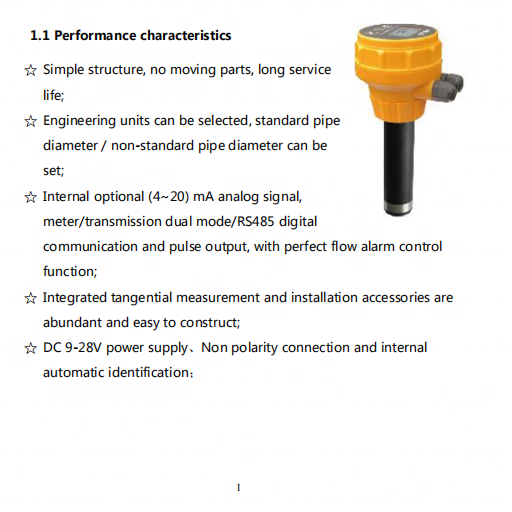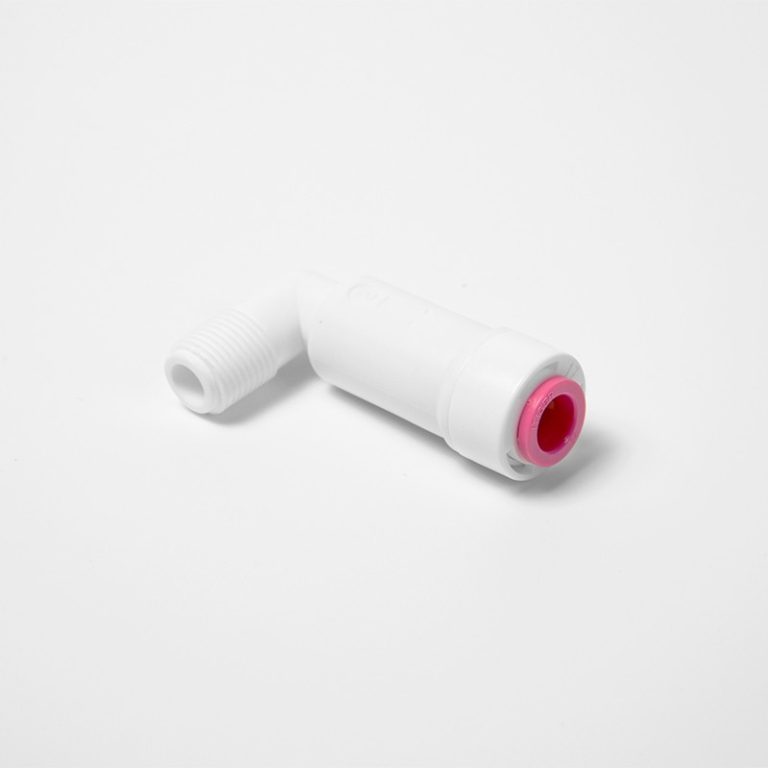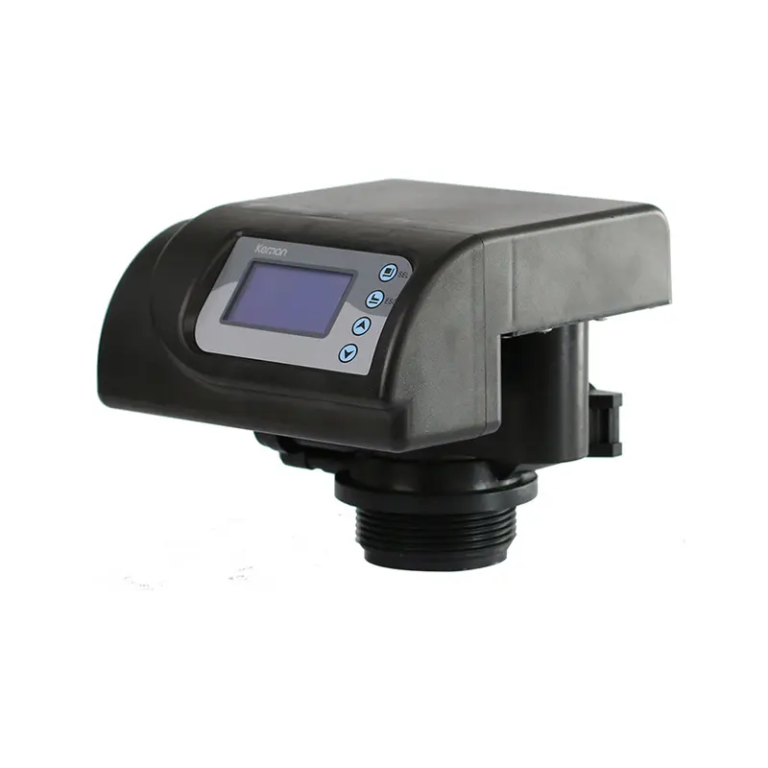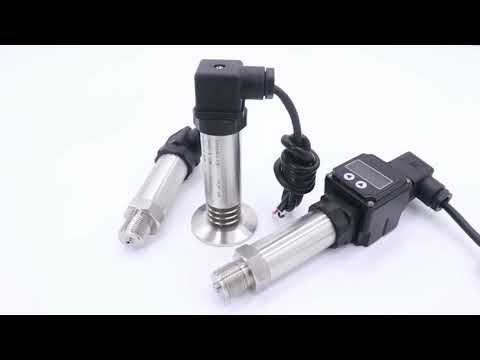“الكشف عن أسرار الماضي: اكتشف الحضارات القديمة بدقة باستخدام مقياس المقاومة في علم الآثار.”
مقدمة في مقياس المقاومة في علم الآثار
مقدمة في مقياس المقاومة في علم الآثار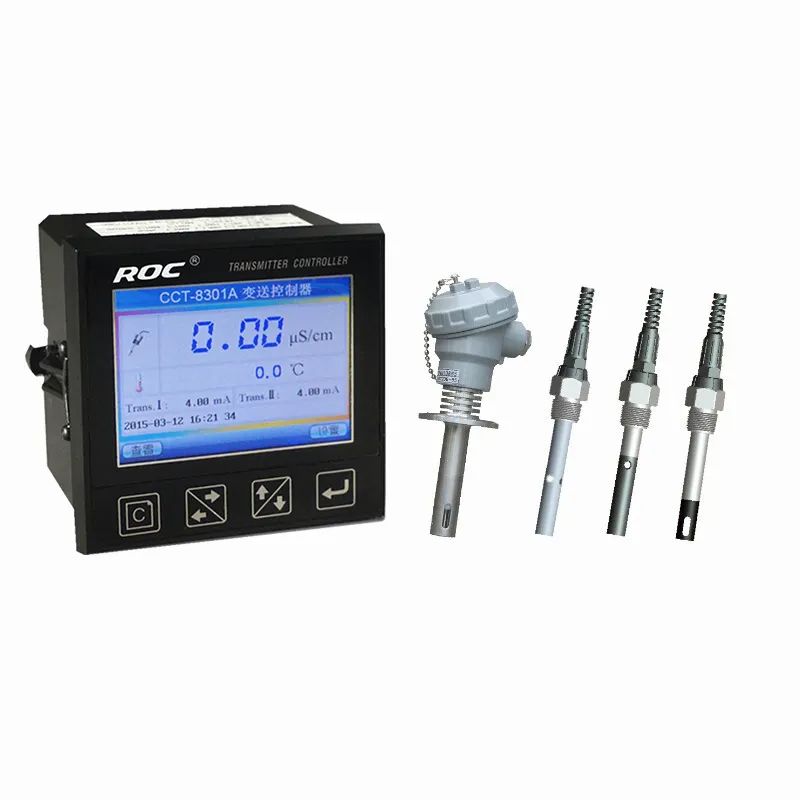 Archaeology is a fascinating field that allows us to uncover the mysteries of the past. It involves the study of human history through the excavation and analysis of artifacts, structures, and other physical remains. One of the most important tools in the archaeologist’s arsenal is the resistivity meter. This device plays a crucial role in helping archaeologists map and understand the hidden features beneath the ground.Resistivity is a property of materials that determines how strongly they oppose the flow of electric current. In the context of archaeology, a resistivity meter measures the resistance of the ground to an electrical current. By doing so, it can provide valuable information about the subsurface features, such as buried structures, walls, ditches, and even ancient pathways.The resistivity meter works on the principle that different materials have different resistivity values. For example, compacted soil or stone will have a higher resistivity compared to moist soil or clay. By measuring the resistance of the ground at various points, archaeologists can create a resistivity profile that reveals the hidden features beneath the surface.To use a resistivity meter, archaeologists first need to set up a grid system over the area of interest. This grid helps them to systematically collect data and create an accurate map of the subsurface. The resistivity meter is then connected to a series of electrodes that are inserted into the ground at regular intervals within the grid. These electrodes send an electrical current into the ground, and the meter measures the resistance encountered.The resistivity meter provides archaeologists with a numerical value for the resistance at each electrode. These values are then plotted on a graph or a map, creating a visual representation of the subsurface features. High resistivity values indicate areas where the ground is more compacted or contains materials with higher resistivity, suggesting the presence of buried structures. Conversely, low resistivity values indicate areas with more moisture or less compacted soil, which may indicate the absence of significant features.One of the advantages of using a resistivity meter in archaeology is its non-destructive nature. Unlike excavation, which can be time-consuming and destructive, resistivity surveys allow archaeologists to gather valuable information without disturbing the site. This is particularly useful in cases where preservation is a priority or when the site is of significant cultural or historical importance.Furthermore, resistivity surveys can cover large areas relatively quickly, making them an efficient tool for preliminary investigations. By identifying potential areas of interest, archaeologists can then focus their efforts on specific locations, saving time and resources.In conclusion, the resistivity meter is an invaluable tool in the field of archaeology. It allows archaeologists to map and understand the hidden features beneath the ground without the need for extensive excavation. By measuring the resistance of the ground, the resistivity meter provides valuable information about buried structures and other subsurface features. Its non-destructive nature and efficiency make it an essential tool for archaeologists in their quest to uncover the mysteries of the past.
Archaeology is a fascinating field that allows us to uncover the mysteries of the past. It involves the study of human history through the excavation and analysis of artifacts, structures, and other physical remains. One of the most important tools in the archaeologist’s arsenal is the resistivity meter. This device plays a crucial role in helping archaeologists map and understand the hidden features beneath the ground.Resistivity is a property of materials that determines how strongly they oppose the flow of electric current. In the context of archaeology, a resistivity meter measures the resistance of the ground to an electrical current. By doing so, it can provide valuable information about the subsurface features, such as buried structures, walls, ditches, and even ancient pathways.The resistivity meter works on the principle that different materials have different resistivity values. For example, compacted soil or stone will have a higher resistivity compared to moist soil or clay. By measuring the resistance of the ground at various points, archaeologists can create a resistivity profile that reveals the hidden features beneath the surface.To use a resistivity meter, archaeologists first need to set up a grid system over the area of interest. This grid helps them to systematically collect data and create an accurate map of the subsurface. The resistivity meter is then connected to a series of electrodes that are inserted into the ground at regular intervals within the grid. These electrodes send an electrical current into the ground, and the meter measures the resistance encountered.The resistivity meter provides archaeologists with a numerical value for the resistance at each electrode. These values are then plotted on a graph or a map, creating a visual representation of the subsurface features. High resistivity values indicate areas where the ground is more compacted or contains materials with higher resistivity, suggesting the presence of buried structures. Conversely, low resistivity values indicate areas with more moisture or less compacted soil, which may indicate the absence of significant features.One of the advantages of using a resistivity meter in archaeology is its non-destructive nature. Unlike excavation, which can be time-consuming and destructive, resistivity surveys allow archaeologists to gather valuable information without disturbing the site. This is particularly useful in cases where preservation is a priority or when the site is of significant cultural or historical importance.Furthermore, resistivity surveys can cover large areas relatively quickly, making them an efficient tool for preliminary investigations. By identifying potential areas of interest, archaeologists can then focus their efforts on specific locations, saving time and resources.In conclusion, the resistivity meter is an invaluable tool in the field of archaeology. It allows archaeologists to map and understand the hidden features beneath the ground without the need for extensive excavation. By measuring the resistance of the ground, the resistivity meter provides valuable information about buried structures and other subsurface features. Its non-destructive nature and efficiency make it an essential tool for archaeologists in their quest to uncover the mysteries of the past.

